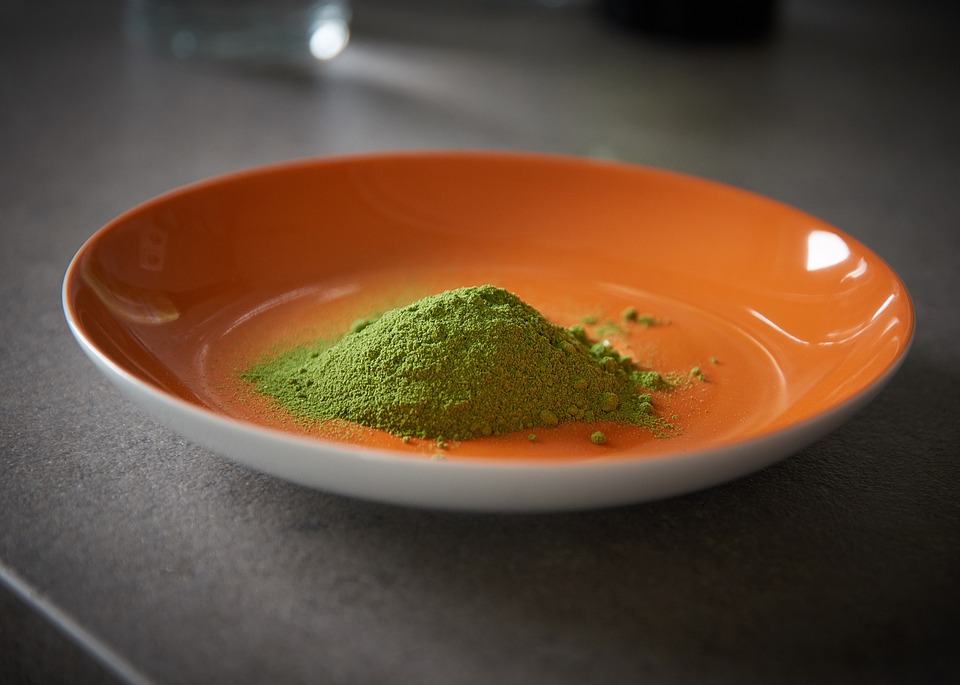Understanding Bioavailability: What It Is and Why It Matters
Introduction:
In the realm of scientific research and pharmaceutical development, the term “bioavailability” holds immense significance. But what is bioavailability, and why does it matter? In this article, we will delve into the concept of bioavailability, explore its importance in various fields, and understand the factors that influence it.
1. What is Bioavailability?
Bioavailability refers to the extent and rate at which a substance is absorbed into the bloodstream after administration, thus becoming available for its intended effects in the body. In simpler terms, it is the measure of how much of a substance can actually be utilized by the body. This concept is particularly crucial when it comes to medications and nutritional supplements.
2. The Importance of Bioavailability:
Ensuring optimal bioavailability of substances is essential for their efficacy and desired outcomes. Whether it is a pharmaceutical drug or a dietary supplement, knowing the bioavailability helps in determining the right dosage and administration method. Additionally, monitoring bioavailability is crucial in identifying potential drug interactions, predicting therapeutic outcomes, and enhancing the overall safety and effectiveness of the substances we consume.
3. Factors Influencing Bioavailability:
Several factors can significantly impact the bioavailability of a substance. These include:
a) Route of Administration: The method by which a substance is introduced into the body can greatly affect its bioavailability. Different routes, such as oral, intravenous (IV), intramuscular (IM), subcutaneous (SC), and inhalation, have varying rates of absorption and accessibility to target tissues.
b) Chemical Properties: The chemical characteristics of a substance, such as solubility, molecular weight, and stability, can influence its absorption and distribution within the body. For instance, water-soluble compounds have higher bioavailability compared to lipid-soluble ones as they can be readily dissolved in the aqueous environment of the body.
c) First-Pass Metabolism: In some cases, substances undergo extensive metabolism by the liver before entering systemic circulation. This process, known as the first-pass metabolism, can significantly reduce bioavailability. Understanding and bypassing this mechanism are essential for developing medications with high bioavailability.
d) Interaction with Other Substances: The presence of other substances, such as food, medications, or chemicals, can influence the bioavailability of a substance. Drug-drug interactions or food-drug interactions can alter the rate at which a substance is absorbed or metabolized, ultimately affecting its bioavailability.
4. Approaches to Enhance Bioavailability:
Through scientific research and innovative techniques, researchers and pharmaceutical companies strive to optimize bioavailability. Some common approaches include:
a) Formulation Optimization: By modifying the physical and chemical characteristics of a substance, researchers can enhance its absorption and bioavailability. Techniques such as micronization, encapsulation, and solubility enhancement can improve the delivery of active compounds.
b) Prodrugs: Prodrugs are chemically modified forms of a substance that undergo enzymatic or chemical transformation in the body to the active form. This modification can improve bioavailability, stability, or targeting of the drug.
c) Enhancers and Delivery Systems: Various enhancers and delivery systems, such as liposomes, nanoparticles, and permeation enhancers, can be utilized to improve the transport and absorption of substances, thereby increasing their bioavailability.
d) Drug-Drug Interaction Analysis: Understanding the potential interactions between multiple drugs allows for better prediction and management of bioavailability issues. Analyzing drugs for their compatibility and impact on bioavailability is crucial to avoid adverse effects or diminished therapeutic outcomes.
5. Applications in Pharmacokinetics and Pharmacodynamics:
Bioavailability plays a vital role in pharmacokinetics, which refers to how the body absorbs, distributes, metabolizes, and excretes drugs. A thorough understanding of bioavailability helps pharmacologists in determining the right dosing regimen, minimizing side effects, and optimizing therapeutic outcomes. Moreover, bioavailability is also significant in pharmacodynamics, as it influences the concentration of a substance at its target site and correlates with its efficacy.
Conclusion:
Bioavailability is a fundamental aspect of understanding how substances interact with the body and the extent to which they can provide the desired effects. By considering the various factors that affect bioavailability and employing strategies to enhance it, researchers and healthcare providers can optimize treatment outcomes, improve drug development processes, and ensure the safety and effectiveness of various substances.




